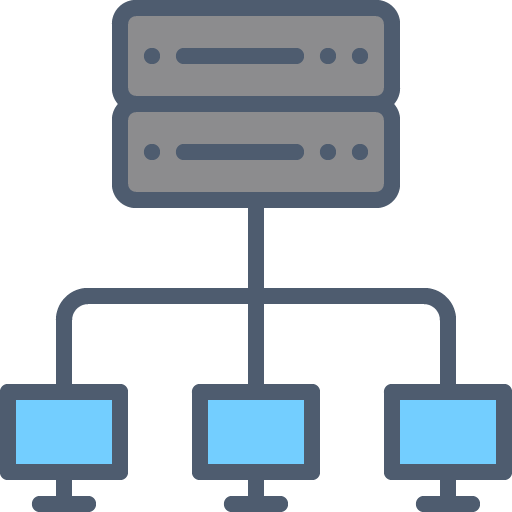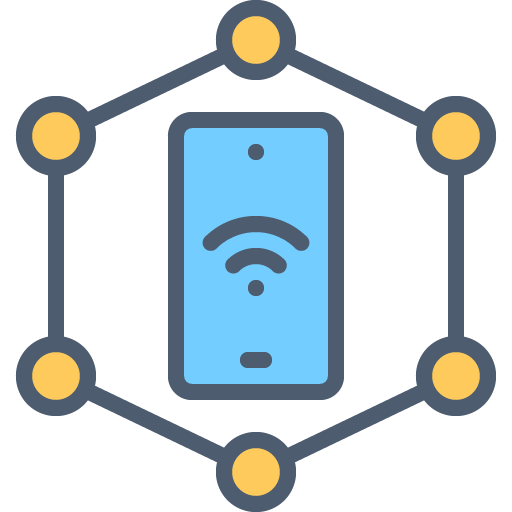What we offer

Remote Monitoring
Real-time monitoring, proactive issue detection, and remote resolution ensuring smooth system stability and optimal performance.

Helpdesk Support
24/7 assistance, knowledgeable support staff, and rapid issue resolution guarantee uninterrupted productivity and user satisfaction.

Network Management
Optimizing network performance, ensuring security, scalability, and reliability through strategic planning and proactive management.

IT strategy
& Consulting
Crafting tailored strategies, providing expert advice, and driving innovation to align with business objectives.

Infrastructure Monitoring & Management
Proactive monitoring, efficient management, optimizing resources, ensuring reliability, and scalability.

Disaster Recovery
& Planning
Planning, backup systems, redundancy, and rapid response ensure business continuity and resilience against potential disasters.
What are co-managed IT services?
Co-managed IT services offer a collaborative approach to IT support, allowing organizations to leverage the strengths of both internal and external IT resources to optimize their IT operations, enhance security and drive business success.
Co-managed IT services, also known as co-managed IT support or hybrid IT support, involve a collaborative partnership between an organization’s internal IT department and an external managed service provider (MSP) or IT support provider. In a co-managed IT services model, both parties work together to manage and support the organization’s IT infrastructure, systems, and services.

How Co-Managed IT services works?
- The organization’s internal IT department retains primary responsibility for managing and supporting its IT environment, including day-to-day operations, strategic planning, and decision-making.
- The MSP or IT support provider serves as a supplemental resource, providing expertise, additional manpower, and specialized services to augment the capabilities of the internal IT team.
- Responsibilities and tasks are divided between the internal IT team and the external MSP based on their respective strengths, expertise, and availability.
- The internal IT team typically handles routine tasks, user support, and basic IT operations, while the MSP focuses on more complex or specialized areas such as network security, cloud management, or strategic IT planning.
- Co-managed IT services offer flexibility and scalability, allowing organizations to tailor their IT support arrangements to meet their specific needs and requirements.
- The organization can adjust the level of engagement with the MSP based on changing business priorities, resource constraints, or technology demands.
- The MSP brings specialized skills, knowledge, and experience to the partnership, complementing the capabilities of the internal IT team.
- The MSP may provide expertise in areas such as cybersecurity, cloud computing, data management, or industry-specific technology solutions that the internal IT team may lack.
- Both the internal IT team and the MSP collaborate on proactive monitoring, management, and maintenance of the IT infrastructure to prevent issues and ensure optimal performance.
- The MSP may leverage advanced monitoring tools, automation, and best practices to identify and resolve potential problems before they impact business operations.
- The MSP serves as a strategic advisor, providing guidance, recommendations, and consultation on IT strategy, technology investments, and digital transformation initiatives.
- The MSP may help the organization align its IT goals with business objectives, assess emerging technologies, and develop roadmaps for future IT initiatives.
- Co-managed IT services can be a cost-effective solution for organizations that require additional IT support and expertise but may not have the resources or budget to fully outsource their IT operations.
- By leveraging the expertise of the MSP on an as-needed basis, organizations can access high-quality IT support without incurring the full cost of maintaining a dedicated in-house IT team.

Our Process
-
Analyze
Analyze your existing IT department’s needs, skills, resources and abilities.
-
Service Selection
Determine which services or resources you need to meet department or organizational goals.
-
Partnership
Partner with a third-party organization to supplement those needed services.
-
Collaboration
Co-management can vary based on your specific requirements. For instance, you might rely on your in-house IT team for helpdesk support while collaborating with an external partner for large-scale strategies and security.
